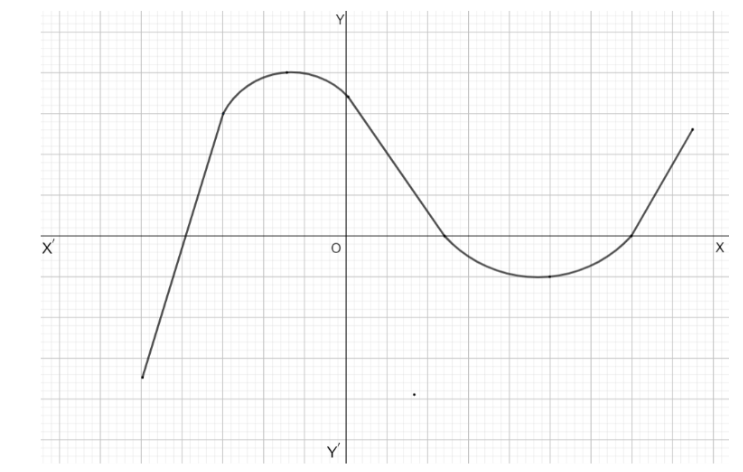Master Polynomials Class 10 Questions and Answers for Better Marks
NCERT Solutions for Class 10 Maths Chapter 2 Polynomials



FAQs on NCERT Solutions for Class 10 Maths Chapter 2 Polynomials
1. How do you find the degree of a polynomial?
Identify the highest power of the variable in the polynomial expression. This exponent is the degree of the polynomial. For example, in the expression 5x³ - 2x² + x - 8, the highest power of x is 3, so the degree is 3. Always check that the polynomial is in a single variable.
2. How can I download the Class 10 Maths Chapter 2 NCERT Solutions PDF?
Click the “Download PDF” button on this page to get the complete Polynomials Class 10 NCERT Solutions. Save the file to your device for offline access, allowing you to study anytime without needing an internet connection. This Free PDF is easy to use for quick revisions.
3. How do I check if a number is a zero of a polynomial?
Substitute the given number for the variable in the polynomial p(x). If the result after calculation is zero, i.e., p(k) = 0, then the number 'k' is a zero of the polynomial. If the result is a non-zero number, it is not a zero.
4. What is the best way to self-check my answers using NCERT Solutions?
First, solve the problem from your NCERT textbook on your own. Then, compare your method and final answer with the step-by-step explanation provided in the solutions. This helps you identify errors in your logic, not just in the final calculation.
5. What is the relationship between zeroes and coefficients for a quadratic polynomial?
For a quadratic polynomial ax² + bx + c with zeroes α and β, the relationship is: Sum of zeroes (α + β) = -b/a, and Product of zeroes (αβ) = c/a. Use this to quickly verify your calculated zeroes without re-solving the entire problem.
6. How do you find the zeroes of a quadratic polynomial and verify the relationship with its coefficients?
To find the zeroes of a quadratic polynomial, first factorise the expression by splitting the middle term. Then, verify your result using the standard relationship between zeroes and coefficients.
This is a fundamental skill for solving most polynomial questions and is frequently tested. It connects the algebraic form of the polynomial to its roots.
7. How can I effectively revise using the NCERT Solutions for Class 10 Maths Chapter 2?
Use the NCERT Solutions for Class 10 Maths Chapter 2 Polynomials to systematically review concepts and problem-solving techniques after you have completed the chapter.
Effective revision solidifies your understanding and improves retention for exams. These solutions highlight the standard methods that examiners expect to see.
8. How do you apply the division algorithm for polynomials?
Apply the division algorithm by using the long division method to divide the dividend polynomial p(x) by the divisor polynomial g(x), which gives you a quotient q(x) and a remainder r(x).
This algorithm is crucial for finding factors of higher-degree polynomials and solving related problems.
Formula: The algorithm states: Dividend = (Divisor × Quotient) + Remainder, or p(x) = g(x)q(x) + r(x), where the degree of r(x) is less than the degree of g(x), or r(x) = 0.
9. How do you form a quadratic polynomial if the sum and product of its zeroes are given?
Use the direct formula k[x² – (Sum of zeroes)x + (Product of zeroes)] to construct the required quadratic polynomial, where 'k' is any non-zero real number.
This skill allows you to work backwards from the properties of the roots to find the original polynomial. It is a common type of class 10 Maths chapter 2 question answer.
10. How can I practise the most important polynomials class 10 questions and answers?
Our NCERT Solutions provide a reliable foundation for practice. Systematically work through all the in-text and exercise problems to cover the most critical concepts tested in board exams.
Practising from the NCERT textbook is the first step to mastering the chapter. These solutions explain the 'why' behind each step, not just the 'how', which is essential for tackling trickier questions.




















 Watch Video
Watch Video






















